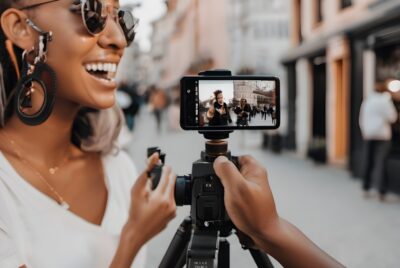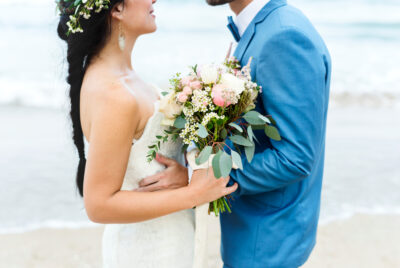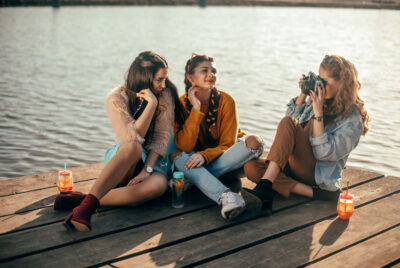Fashion Photography
Let’s be real—fashion photography is more than just snapping stylish outfits. It’s an electric mix of creativity, storytelling, and style. Whether you’re behind the lens or in front of the computer editing a shoot, fashion photography pulls you into a visual world where clothing becomes a form of self-expression.
What is Fashion Photography?
Fashion photography is all about showcasing clothing, accessories, and style in a visually captivating way. But it’s not just about the clothes—it’s about mood, attitude, and aesthetics.
The Evolution of Fashion Photography
Fashion photography has come a long way since its humble beginnings in early 20th-century magazines.
From Runways to Instagram
Once exclusive to glossy print, fashion photography now thrives on digital platforms. Instagram, TikTok, and even Pinterest are game-changers, democratizing style and exposure for emerging photographers.
>> Full range & prices of camera kits HERE <<
Why I Fell in Love with Fashion Photography
It wasn’t love at first click, but once I shot my first editorial, I was hooked.
The Art Meets Style Combo
What grabbed me most? The marriage of visual art and personal style. It’s like painting—but your brush is a lens, and your canvas is the world.
Telling a Story Through Fabric and Poses
Every fashion shoot tells a story. A torn denim jacket in an alley whispers rebellion, while a flowing gown on a mountain top screams elegance. I live for those contrasts.
Essential Gear for Fashion Photography
You don’t need to break the bank—but having the right gear helps.
The Right Camera and Lenses
You want sharp images, beautiful bokeh, and color accuracy.
Full-Frame vs Crop Sensor
Full-frame cameras offer better depth and dynamic range. But crop sensors are lighter and budget-friendly—a good entry point for beginners.
Favorite Lenses for Sharp Fashion Shots
My go-to? A 50mm f/1.8 for portraits and an 85mm for editorial close-ups. The compression on the 85mm lens makes faces look flattering and fashion pieces pop.
Lighting Gear That Makes or Breaks a Shot
Lighting is everything in fashion photography.
Natural vs Artificial Light
Golden hour light? Dreamy. But don’t overlook strobes or ring lights—they’re consistent, controllable, and perfect for studio work.
Styling and Wardrobe Tips
Fashion photography isn’t just about the camera—it’s about what the subject wears.
Collaborating With Stylists
Stylists are your secret weapon. They understand textures, layers, and how an outfit will read on camera.
Matching Fashion to the Concept
Got a 90s theme? Don’t show up with a modern streetwear look. Always match the wardrobe to your concept—it elevates the entire shoot.
Posing and Directing Models
Let’s be honest—posing is an art form in itself.
How to Make Your Subject Shine
Not everyone is a professional model. Your job is to make them feel confident. Give clear directions and positive feedback.
My Go-To Poses That Always Work
A three-quarter turn, chin slightly down, weight on the back leg—it never fails. It flatters the body and adds depth.
>> Full range & prices of camera kits HERE <<
Choosing the Right Location
Where you shoot can make or break the vibe.
Studio vs Outdoor Fashion Shoots
Studios offer control over lighting and weather. Outdoors brings spontaneity and mood. Both are fantastic, depending on your theme.
Urban Vibes or Natural Backdrops?
Want edge and grit? Go urban. Craving serenity and softness? Head to a park or coastal location.
Editing Fashion Photos Like a Pro
Post-processing brings your vision full circle.
My Favorite Editing Tools
I swear by Adobe Lightroom for color grading and Photoshop for detailed retouching.
Lightroom or Photoshop?
Use Lightroom for batch editing and exposure. Photoshop’s where the magic happens—skin smoothing, hair cleanup, and background fixes.
Retouching Without Losing Reality
Don’t go too far! The goal is polished, not plastic. Skin should look real, not airbrushed to death.
Working with a Team
Fashion shoots aren’t solo gigs—they’re collabs.
Why You Need a Strong Crew
From makeup artists to assistants, your team brings your vision to life. A great team = smoother shoot = better results.
Communication is Key
Before you shoot, talk through the concept, roles, and timeline. Miscommunication leads to chaos—and no one wants that.
Trends in Fashion Photography
Fashion evolves, and so should your photography.
Editorial vs Commercial Looks
Editorial is artsy and storytelling-focused. Commercial is clean, polished, and sells a product. Know which you’re shooting—it’ll guide your decisions.
The Rise of Inclusive Fashion Imagery
From diverse body types to gender-fluid fashion, today’s fashion photography embraces everyone. And honestly, it’s about time.
Building Your Portfolio
Your portfolio is your visual resume.
Start With Test Shoots
Can’t book paid gigs yet? No problem. Collaborate with aspiring models and stylists. You all benefit.
What Makes a Portfolio Stand Out?
Variety. Show that you can shoot in different styles, lighting setups, and with various models. Keep it tight—only your best work.
Getting Published or Going Viral
What’s the point of amazing work if no one sees it?
Submitting to Magazines
Start small—local or online fashion zines. Follow submission guidelines to the letter. Persistence pays off.
Using Instagram as Your Gallery
Social media is your stage. Use reels, stories, and hashtags to reach the right crowd. And always tag your team!
Conclusion
Fashion photography is a wild ride—a mix of vision, collaboration, and hustle. It’s about creating art that makes people feel something, whether it’s admiration, curiosity, or inspiration. If you’re passionate about creativity, style, and storytelling, fashion photography might just be your perfect medium. So grab your camera, plan your next shoot, and bring that runway dream to life—your way.
>> Full range & prices of camera kits HERE <<
FAQs
1. What’s the best beginner camera for fashion photography?
The Canon EOS R50 or Nikon Z50 are great starter mirrorless cameras—lightweight with good image quality.
2. Do I need a makeup artist for every fashion shoot?
Not always, but a makeup artist can elevate your photos—especially for close-ups or high-fashion looks.
3. How do I find models to work with?
Use platforms like Model Mayhem, Instagram, or even local colleges with fashion programs. Trade-for-print (TFP) is a great starting point.
4. What’s better—natural light or studio light?
Both are great! Natural light offers softness; studio light gives full control. Your choice depends on the shoot’s vibe.
5. How do I get noticed as a fashion photographer?
Build a strong, consistent portfolio, stay active on social media, network with stylists and models, and don’t be afraid to pitch to publications.
Further reading
Check out our other relevant articles:
Art of Portrait Photography: Master Techniques for Stunning Shots
To deepen your understanding of fashion photography, here are two comprehensive resources offering educational guidance and practical tips:
1. Adobe’s Fashion Photography Tips for Beginners
This guide from Adobe provides insights from professional fashion photographers, covering essential aspects such as planning your shoot, working with models, and post-processing techniques. It’s an excellent starting point for beginners aiming to grasp the fundamentals of fashion photography.
2. Visual Education’s Fashion Photography Learning Path
Visual Education offers a structured learning pathway that delves into various facets of fashion photography, including concept development, lighting setups, and working both in studios and on location. Their classes are designed to help photographers bring creative ideas to life with practical guidance.
🔗 Learning pathway: Fashion photography classes | Visual Education
These resources complement the article’s content by providing detailed tutorials and expert advice, enhancing your skills and understanding of fashion photography.




